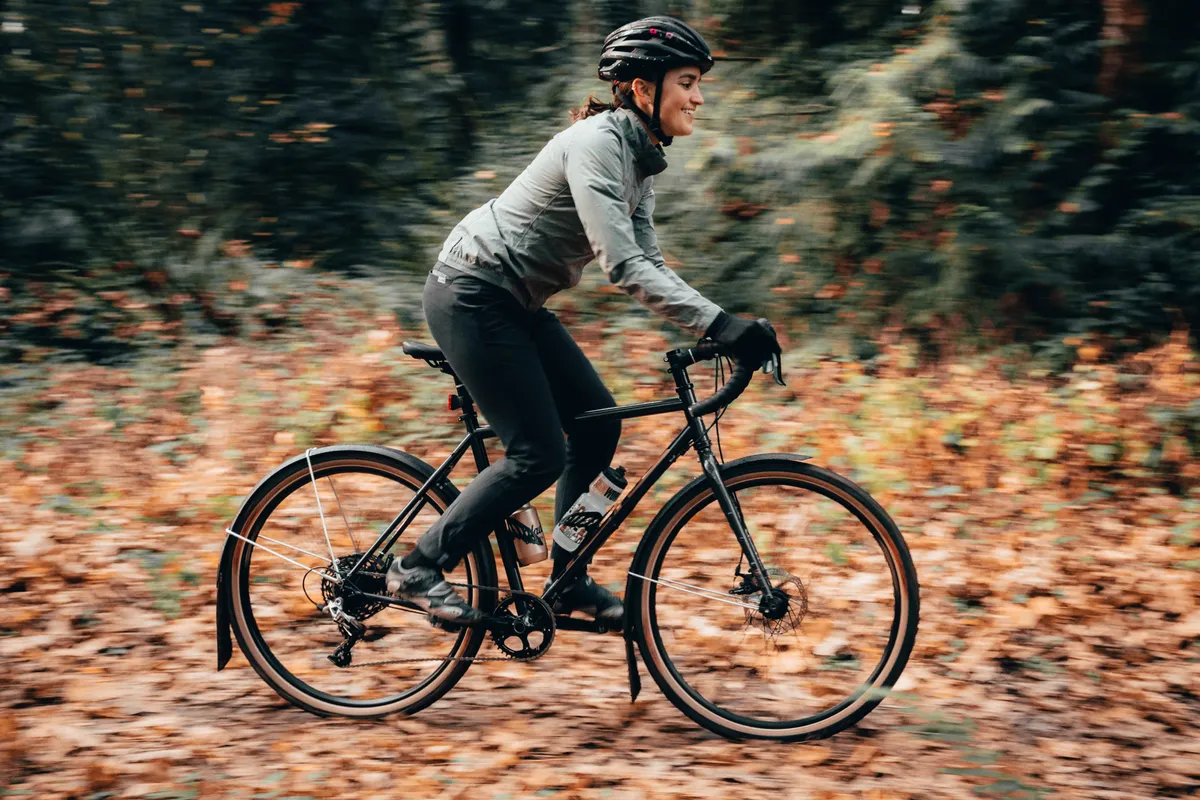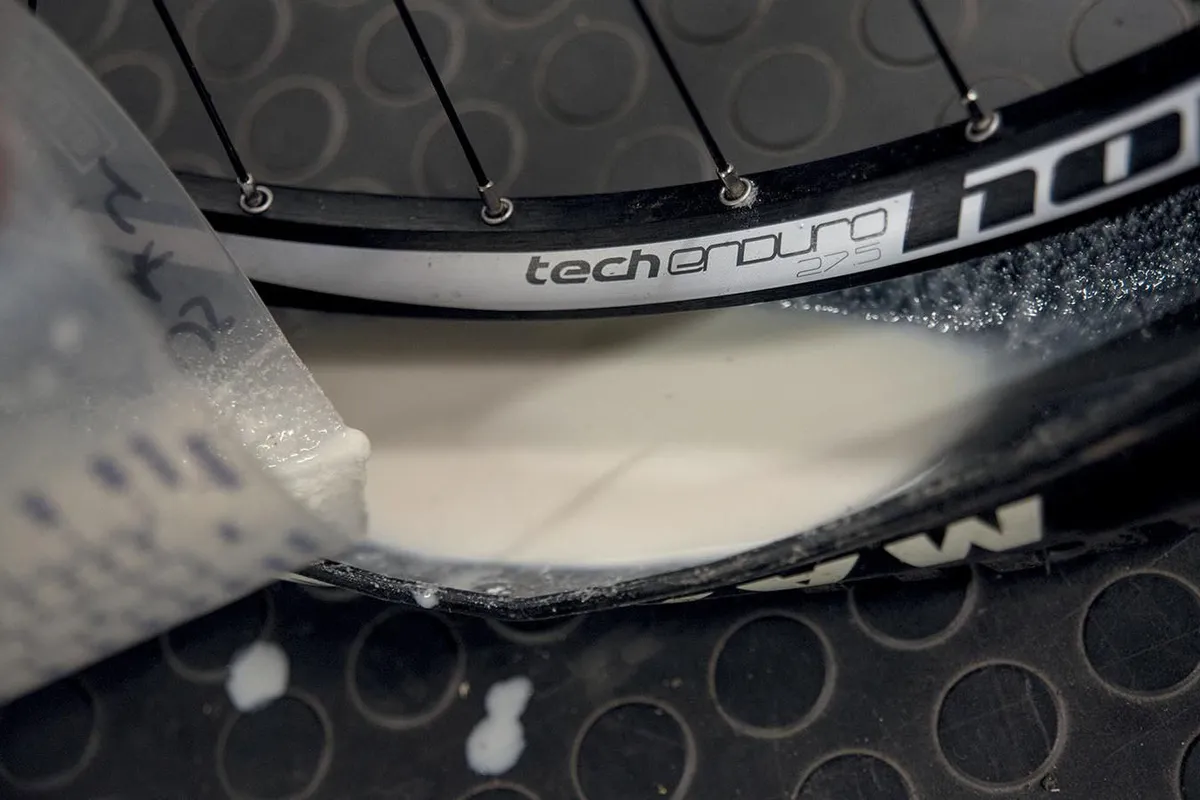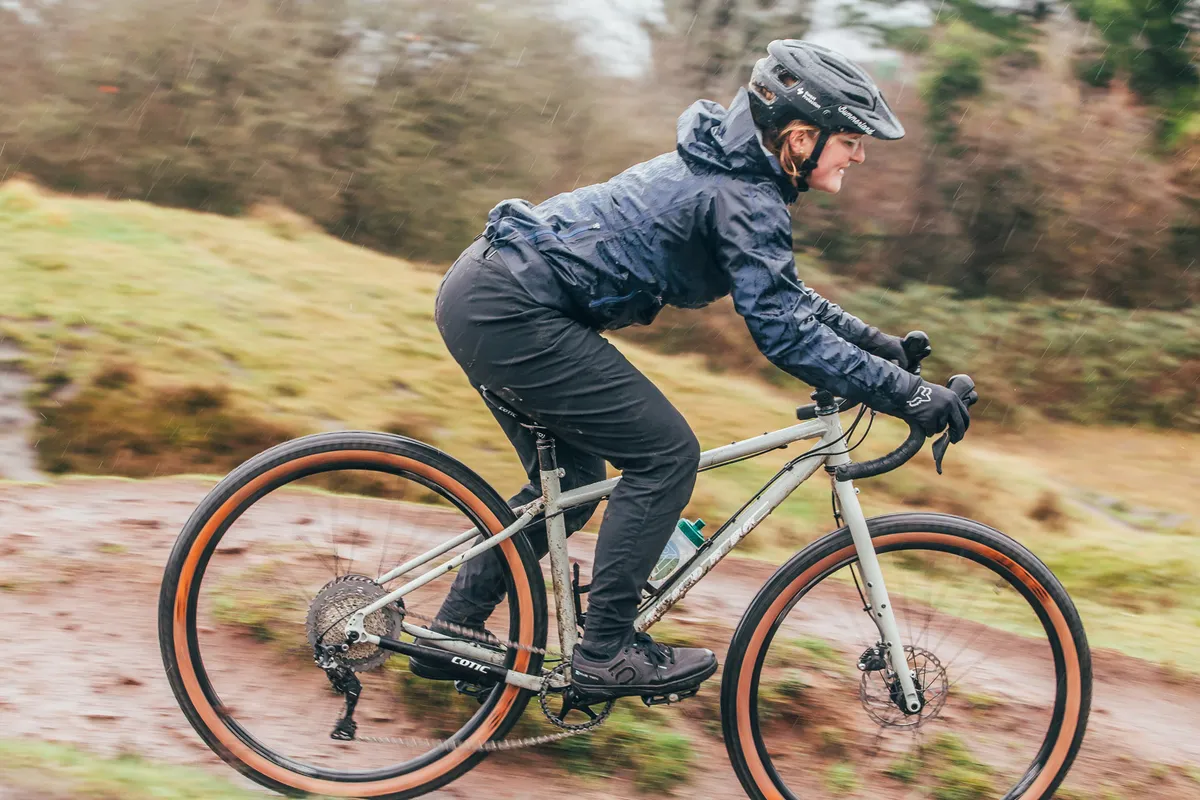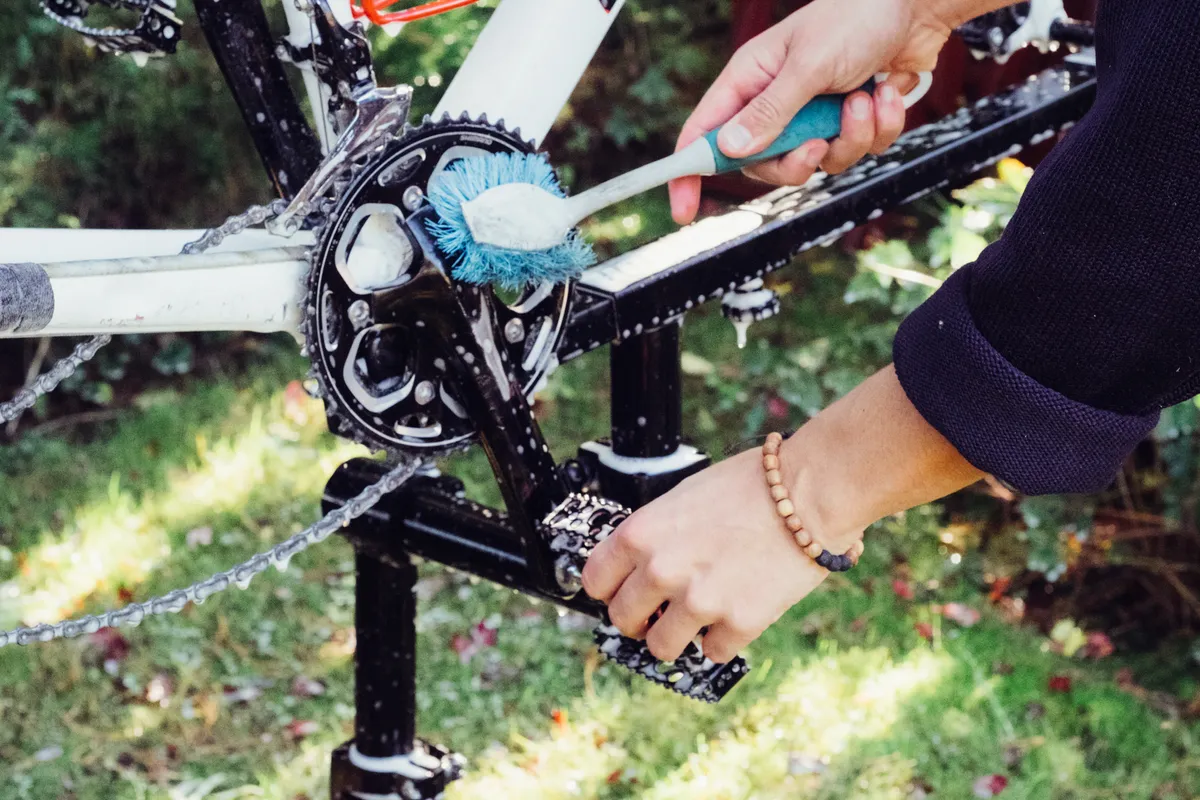Those glorious sunrises over crisp, frosty landscapes, invigorating rides through the chill air and spooky night jaunts through the woods; there's nothing quite like riding in the colder months.
For many of us, riding a gravel bike through the winter months is a wise idea. There's less risk of ice than on the road, and it'll help build and maintain your fitness alongside more technical mountain biking. Plus, if you're going to end up filthy riding on the road, you might as well embrace it with the fun of mud off-road too.
Yet if the thought of winter riding fills you with dread, there might be a few things you can do to get your gravel bike ready and make cold and wet-weather rides much more enjoyable.
Why winterise your gravel bike?

Anyone who has ridden their gravel bike from the gloriously dusty summer months into the dark, wet and cold of winter will tell you how beneficial it can be to make a few tweaks to your gravel bike setup.
Though they all work in different ways, these changes are designed to take the sting out of winter. They'll help make sloppy trails grippy again, keep you dry even when the gravel tracks are not, ensure you're seen and can see in low-light conditions, and reduce the risk of punctures you'd rather not be fixing in the wet and cold.
Winter gravel tyres

As your sole contact with the ground, be that gravel, tarmac, rock, grass, mud or hard-pack, your tyres do the heavy lifting when it comes to how well your bike performs off-road. For most riders, conditions change wildly from summer to winter, so it makes perfect sense that you'll need to change your tyres too.
Heading into the winter, look for tyres with deeper tread featuring larger, more aggressive knobs across the centre and shoulders for improved grip in muddier conditions. More closely packed knobs along the centre line help to maintain speed on linking tarmac.
Look out for siping on the tread blocks, which helps the tyres clear water more easily. If you're planning on tackling a lot of mud, widely spaced tread blocks can help shed it more easily.
With many more gravel tyres on the market these days, a lot of brands offer a winter-ready option. For the best gravel tyres, check out our buyer's guide for in-depth reviews.
Gravel bike mudguards

Mudguards – or fenders – are not reserved solely for commuter bikes and winter road bikes.
They can make the difference between getting home with something resembling the Mississippi Delta in your chamois and having a smugly dry behind. Not to mention the embarrassment of leaving a butt-shaped muddy print on cafe chairs.
Fitting your gravel bike with mudguards can prevent the worst of the road spray and trail dirt covering not only you, but also your bike and your ride pals.
There are largely three types of mudguards suitable for gravel bikes.
The most minimal option is a set of short-coverage clip-on guards, such as the Mudhugger Gravel Hugger guards, which can be fitted to almost any bike.
At the other end of the spectrum, full-length long-coverage fixed mudguards are more akin to traditional road cycling mudguards, though wider and fixed to the bike using the frame and fork eyelets.
Somewhere in-between, for riders seeking greater coverage, but without frame and fork mounts, clip-on long-coverage mudguards are a good option.
Greater coverage options offer more protection, keeping both your face, feet and rear end drier and mud-free, as well as whoever is riding right behind you.
Lights

Making sure you're seen or lighting up the way ahead, bike lights are crucial for keeping safe when it comes to the darker months.
It's worth investing in a good set of lights – front and rear – if you haven't already, even if you plan on riding predominantly during daylight hours.
Murky, low-light conditions can reduce visibility, so using lights when on the road, even during the day, is a very wise idea.
If you're riding on gravel tracks in the woods, you might be surprised how dark it can be, even during the day, so a front light can help you see the trail ahead more clearly.
Don't get caught short without your lights if you're delayed on your ride and end up cycling at dusk. Good charging discipline is key, too.
Tubeless tyre setup

Nobody wants to spend half an hour wrangling with a puncture in foul weather conditions and miles from the nearest road, so anything you can do to beef up your tyre setup for the winter is well worth the effort.
Some gravel tyre brands offer options with additional puncture resistance, but the real game-changer here is going tubeless.
If you have any little punctures from thorns or other sharp objects, the tubeless sealant can plug the hole, often before you've even noticed there's been a puncture.
Tubeless setup can take a little practice (or help from your trusted mechanic), but can save you a lot of hassle in the long run.
Take bikepacking bags

With more changeable weather conditions, you're more likely to need more kit. A waterproof jacket, extra winter gloves or a spare layer can all come in handy, but need to be stored somewhere.
Take the weight off your back and into a bag on your bike for a more comfortable and practical ride.
Half-frame bags are popular, as are small handlebar bags and saddlebags. If you already have a bikepacking bag or handlebar bag, you could use one of these, for example.
Flat pedals

If you live in an area that involves both technical gravel riding and mud, you might want to consider switching out your clipless gravel bike pedals for flats in the winter.
Why? Well, using flat mountain bike pedals will enable you to dab or shift your weight over your bike more quickly and easily, which comes in handy on those trickier singletrack trails, though at the cost of reduced efficiency.
Plus, if you're hopping on and off the bike in the mud, you don't need to worry about your cleats or pedals clogging up with mud.
It's certainly not for everyone, but some riders enjoy the change.
Prep the cleaning kit

With worse conditions comes a muckier bike. There's almost no getting away from it – you simply need to clean your bike more in the winter. Neglect looking after your bike and the dirt, grit, grime and salt will eat its way into your drivetrain and other components, quickly reducing their lifespan and costing you more.
Prepare your cleaning and maintenance kits to make it more likely you'll clean your bike after mucky rides.
Don't forget the wet lube too, which won't wash off your chain as easily as dry lube in the puddles.
